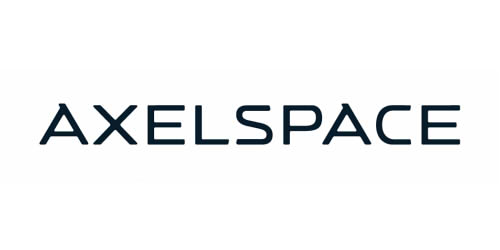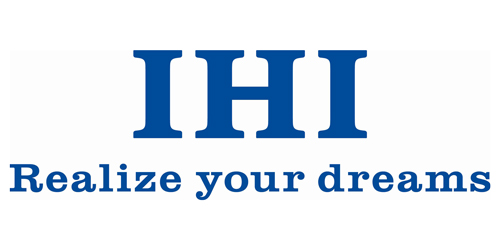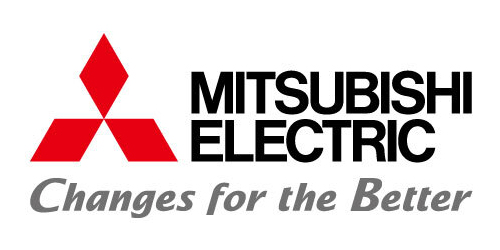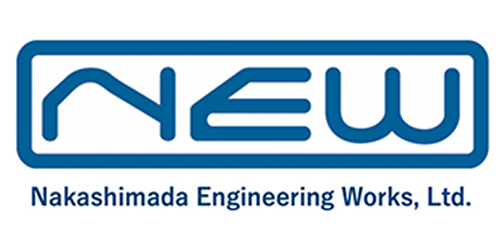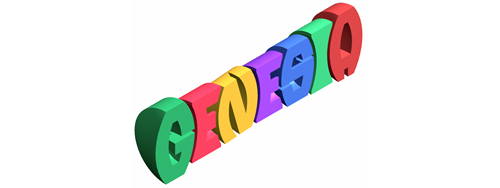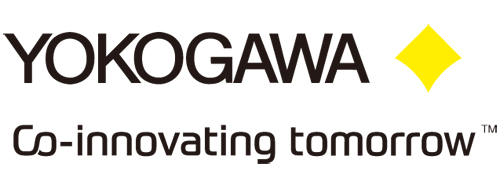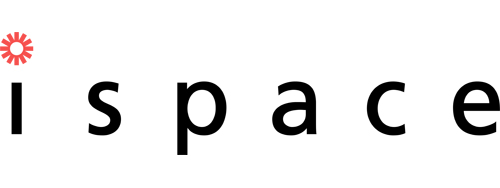Report on International CanSat Workshop held from Feb. 23 and 24, 2007.
Program and Abstract(700kb)![]()
Official Site
Contents
- Opening Session
- Presentation Session
- Presentations of High School Students
- Exhibition
- Demonstration
- Coffee Break and Reception
1. Opening Session
International CanSat Workshop was held in Takeda Hall of University of Tokyo. 170 people from 16 countries participated in the workshop.


For the workshop, special logos were designed using national flags of 16 countries.The workshop started with opening remarks by Mr. Hirohama and Ms. Chiku. They explained background and objectives of the workshop.

2.Presentation Session

In the opening session, Prof. Nakasuka of University Tokyo made a speech about CanSat activities in Japan.Prof.Twiggs of Stanford University made presentation on CanSat activities in United States. He also introduced new challenges for the future.


Prof. Yoshida of Tohoku University introduced history and current situation on runback competition using rovers.After the lunch break, afternoon session started. Mr. and Mrs. Green of AeroPac made a presentation on ARLISS (A Rocket Launch for International Student Satellites) activities with spectacular movies. AeroPac has supported Japanese students CanSat experiments since 1999.


Mr. Yasunaka of Camui Space Works in Hokkaido made presentation on CanSat launch experiment line up using movies of Camui Rocket launch.Mr. Kakikura of Hokkaido University made presentation on CAMUI hybrid rocket for CanSat.


After coffee break, various CanSat activities were presented by students. The first speaker was Mr. Togai of Aoyama Gakuin University.Mr. Starzewski of Lyon University, France talked about “Challenging paraglide control system: CLES-FACIL student club developing CANSAT in cooperation with Kyushu Institute of Technology.


Mr. Masuda of Nihon University talked about the past and present CanSat development in Nihon University.Mr. Sekiguchi of Tohoku University, who won in the ARLISS Comeback competition in 2006, talked about their rover.


Ms. Konda of Tokyo Institute of Technology (Titech) introduced CanSat development program in Titech.Mr. Kusakawa of University of Tokyo presented CanSat activities as a tool of training for real satellite project.


In the conference hall, much interaction was made between speakers and audience.The second day of the workshop started with speech made by Prof. Sukkarieh of Sydney University.
This session includes visions and future plans for CanSat.


Mr. Salvador of Universidad Politecnica de Madrid presented CanSat activities in Spain.Audience is listening to unique ideas and activities of each country with much interest.


Mr. Amund Nylund of NAROM AS talked about Norwegian Cansat competition and future.Mr. Sayuti of Malaysia Space Agency introduced youth space activities such as water rocket competition, and talked about future plans of Malaysian satellite activities such as CanSat and CubeSat.


Prof. Rodriguez of San Buenaventura University, Colombia, made presentation on space education and pico-sat that they have been developing.Discussion session was also held in the late morning in the second day. In the session, future visions and international collaborations were discussed.


Ms. Saito of Akita University made presentation on their CanSat activities and Noshiro Space Event.Mr. Yoshikawa of Tohoku University presented their rover that got the first place in Noshiro Rover Competition.


Mr. Saisudjarit of Tohoku University made presentation on their flyback CanSat.
3.High School Student Session
High School Students of Waseda Prep School made presentation on their CanSat activities.


Mr. Eishima of University of Tokyo, who has taught and let the high school students, explained the overview of outreach program on space engineering using CanSat.In winter 2007(Dec.2006-Feb.2007), high school students organized four project teams, and made Cansat and rover.

 The First team (H. Sato, T. Hagiwara, T. Tsukishita, M. Sakai) made a CanSat which had release mechanism of a doll.The second team (H. Yu, Y. Nishitani, S. Wada, N. Yanagimotoi) presented their CanSat which made experiment on attitude control for solar power generation.
The First team (H. Sato, T. Hagiwara, T. Tsukishita, M. Sakai) made a CanSat which had release mechanism of a doll.The second team (H. Yu, Y. Nishitani, S. Wada, N. Yanagimotoi) presented their CanSat which made experiment on attitude control for solar power generation.

The third team (H. Suzuki, T. Ninomiya. Y. Shintani and M. Sakuma) made a rover.The fourth team (K, Nemoto, K, Hunaki, A.Yamane, M. Yamanoi and M. Suzuki) tried separation of tethered LED-daughtership form mother-CanSat.

4.Exhibition
In the workshop, various CanSat and rockets were displayed.


Participants took CanSat in their hands, asked questions to the students who produced it.This is a rocket of Tokai University, which can release CanSat.

5.Demonstration

After lunch break on 24th, Tohoku University and Nihon University made demonstration.Two rovers of Tohoku University ran autonomously on the floor, and participants looked them earnestly.


Nihon University made demonstration on photographing using CanSat.The demonstration was successful, and they received the photo data from remote area.

6.Coffee Break and Reception

Coffee break on 23rdReception was held at Foyer in Takeda Hall in evening on the first day.


Participants enjoyed interacting with each other.Lunch break on 24th.


